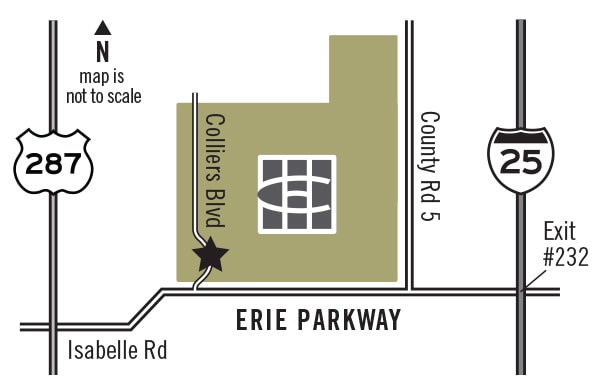Fun Facts About Wood Flooring
It’s hard (no pun intended) to deny the appeal of wood floors – even engineered and laminates have inherent charm that carpeting can’t compete with. And if you’re buying a new home with your pick of flooring options, or refinishing a basement and wondering what to consider, here are a few facts about the many wood flooring choices.
Solid Natural Wood Floors
 A home’s flooring is one of its defining features and while carpeting can be lush and inviting, hardwoods are warm and appealing in a completely different way. Hardwoods come in all sorts of beautiful grain patterns, plank sizes, textures and types. The first floors in the U.S. made of hardwood were wide, thick planks cut from centuries-old forests during the 1600s. The trees were so old and so massive, that the desirable heartwood centers were super tight-grained, making the lumber extremely hard and durable. Four-hundred-years later, old wood floors from Maine to Georgia installed during the colonial period are still intact making them enduringly stylish through the ages.
A home’s flooring is one of its defining features and while carpeting can be lush and inviting, hardwoods are warm and appealing in a completely different way. Hardwoods come in all sorts of beautiful grain patterns, plank sizes, textures and types. The first floors in the U.S. made of hardwood were wide, thick planks cut from centuries-old forests during the 1600s. The trees were so old and so massive, that the desirable heartwood centers were super tight-grained, making the lumber extremely hard and durable. Four-hundred-years later, old wood floors from Maine to Georgia installed during the colonial period are still intact making them enduringly stylish through the ages.
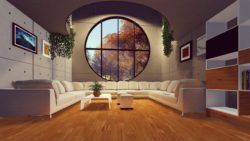 Today’s solid wood floors are constructed of planks made from a single piece of wood with tongue and groove edges and can be delivered pre-finished or unfinished for the floor installer to sand and stain. And while hardwoods have drawbacks and cost a bit more than say engineered wood flooring (and a lot more than laminates!), they look and feel like the upgrade they are.
Today’s solid wood floors are constructed of planks made from a single piece of wood with tongue and groove edges and can be delivered pre-finished or unfinished for the floor installer to sand and stain. And while hardwoods have drawbacks and cost a bit more than say engineered wood flooring (and a lot more than laminates!), they look and feel like the upgrade they are.
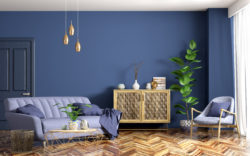 Hardwood flooring works with all styles of decorating, from traditional and industrial to rustic and modern and is available in several types of woods of varying hardness and varieties. Narrowest are strip (1.5 to 2.75 inches), then plank (3 to 8 inches) and finally parquet – individual pieces laid down in a geometric pattern. Parquet was popular in the 60s and 70s, and some designers say it’s making a comeback. We’re not 100 percent convinced, but have to admit the parquets of today are vastly different-looking than the parquet floors of 50 years ago.
Hardwood flooring works with all styles of decorating, from traditional and industrial to rustic and modern and is available in several types of woods of varying hardness and varieties. Narrowest are strip (1.5 to 2.75 inches), then plank (3 to 8 inches) and finally parquet – individual pieces laid down in a geometric pattern. Parquet was popular in the 60s and 70s, and some designers say it’s making a comeback. We’re not 100 percent convinced, but have to admit the parquets of today are vastly different-looking than the parquet floors of 50 years ago.
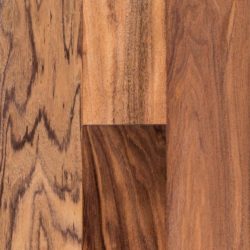 Hardwood materials can run from $3 a square foot for unfinished planks at a home improvement store (oak, cherry hickory and walnut to name a few), to more than $12 a square foot for exotic woods like (Australian Cypress, Brazilian Cumaru and Ipe and Siberian Tigerwood). Refinishing wood floors – no matter which variety of wood, is eventually necessary can cost between $2 and $4 per square foot. And short of laying down area rugs on every inch refinishing is just a fact of life after a few to several years of scuffing and scratching, especially in high-traffic areas.
Hardwood materials can run from $3 a square foot for unfinished planks at a home improvement store (oak, cherry hickory and walnut to name a few), to more than $12 a square foot for exotic woods like (Australian Cypress, Brazilian Cumaru and Ipe and Siberian Tigerwood). Refinishing wood floors – no matter which variety of wood, is eventually necessary can cost between $2 and $4 per square foot. And short of laying down area rugs on every inch refinishing is just a fact of life after a few to several years of scuffing and scratching, especially in high-traffic areas.
Engineered-Wood Floors
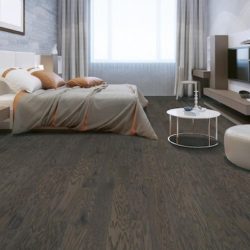 Some architects say that engineered-wood floors straddle the line between genuine wood and an industrial knock-off. Whatever your opinion, it’s hard to argue with the benefits of engineered flooring and they are often the perfect solution when you’re looking for something versatile and timeless with the naturally warm look of wood. And more often than not, the average consumer cannot tell the difference by looking at a finished floor.
Some architects say that engineered-wood floors straddle the line between genuine wood and an industrial knock-off. Whatever your opinion, it’s hard to argue with the benefits of engineered flooring and they are often the perfect solution when you’re looking for something versatile and timeless with the naturally warm look of wood. And more often than not, the average consumer cannot tell the difference by looking at a finished floor.
Check out the upside of engineered floors:
1. Installs over concrete
2. Multiple installation methods
3. Less sensitive to moisture
4. Improves a home’s value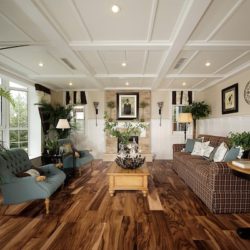
5. Easy to finish and can be refinished
6. Radiant-heating compatible
Engineered flooring has a consistent finish with no knots, bubbles or blemishes and you can walk on them the same day as the installation. There are a few cons, which you can read about here from the Floor Critics, but a lot of those downsides depend on the construction quality of the engineered hardwoods.
Laminate Wood Floors
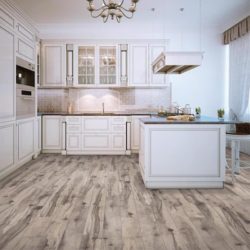 Laminate wood flooring imitates real wood. It is made from composite wood pressed together at high temperatures. The image of hardwood is place on the composite to form the laminate. The materials themselves cost $3 to $7 per square foot, including installation.
Laminate wood flooring imitates real wood. It is made from composite wood pressed together at high temperatures. The image of hardwood is place on the composite to form the laminate. The materials themselves cost $3 to $7 per square foot, including installation.
The average lifespan for laminate flooring is between 15 and 25 years, but it can vary from as short as 10 years to as long as 30 years. The difference in life expectancy depends on the quality of the flooring, whether it was properly installed and the amount of traffic it receives.
The benefits of laminate flooring are that it is more scratch resistant than real wood, and if a plank does become damaged, you can easily replace that board without ruining the rest of your floor in the process. Laminates also resist wear and tear and moisture and are easier to clean.
If you’re finishing your basement and want to look over some of the best choices for flooring that can be installed over concrete, check out these recommendations made by the independent researchers at The Spruce. Five of the six options are available at the Home Depot in Thornton, 15 minutes from Colliers Hill.
The Fabulous Floors of Colliers Hill
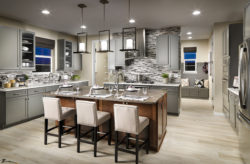 The builders crafting new homes in the master-planned community of Colliers Hill opt for the best materials in construction and finishes with a variety of options. Visit the model homes offered by Meritage Homes, Richmond American Homes, and Century Communities, and explore the amenities throughout this fast-growing Northern Colorado community. We’re confident you’ll find the perfect ranch-style or two-story floor plan to suit your lifestyle — priced from the high $300s.
The builders crafting new homes in the master-planned community of Colliers Hill opt for the best materials in construction and finishes with a variety of options. Visit the model homes offered by Meritage Homes, Richmond American Homes, and Century Communities, and explore the amenities throughout this fast-growing Northern Colorado community. We’re confident you’ll find the perfect ranch-style or two-story floor plan to suit your lifestyle — priced from the high $300s.


